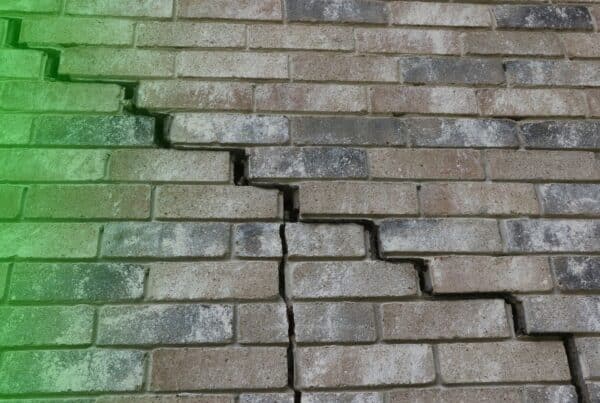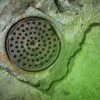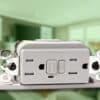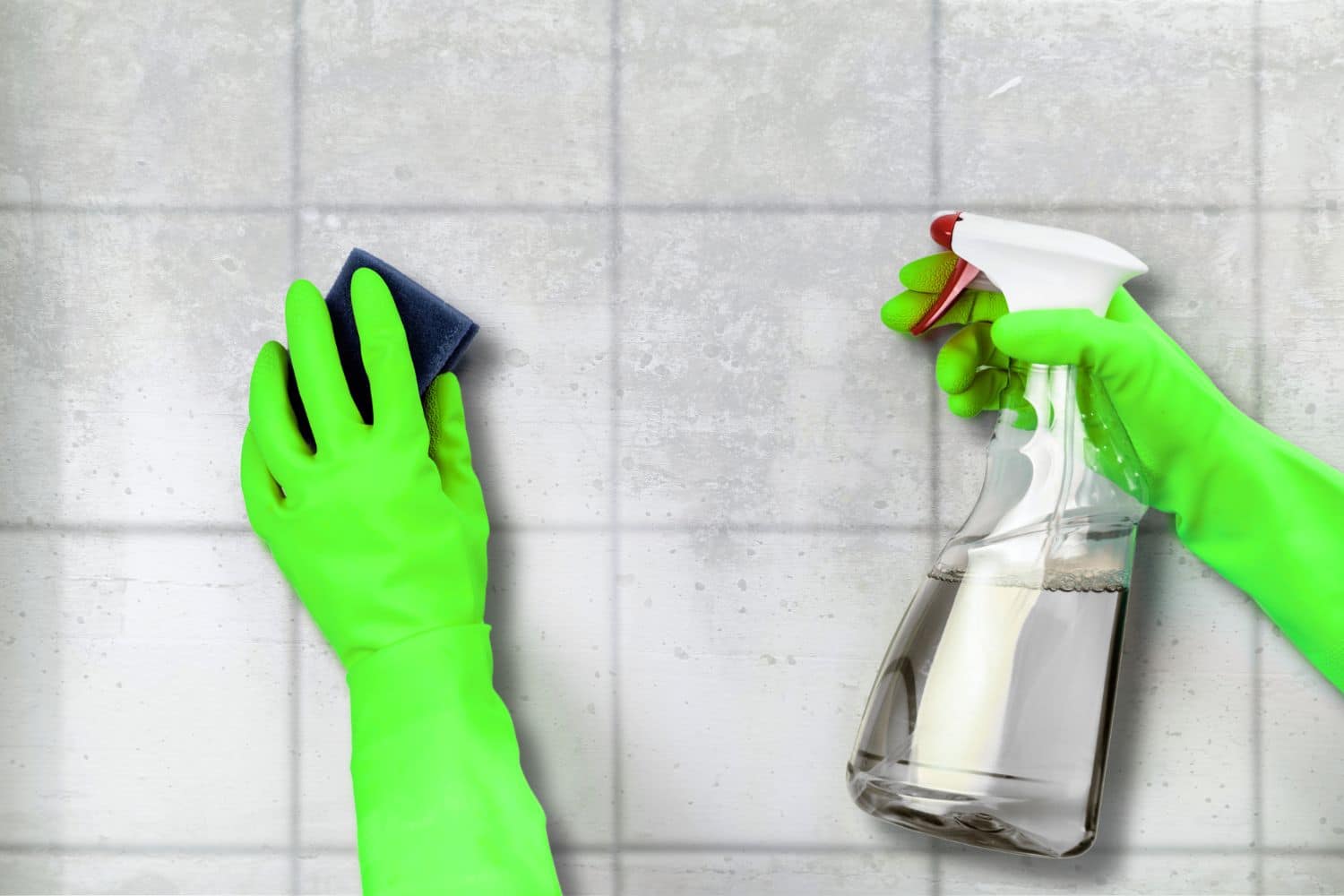
This is where you discover how to clean grout the right way, why it matters, and what can happen if you leave it too long. Tile is durable, practical, and popular for homes. But when the grout between those tiles gets ignored, it doesn’t take long for problems to start.
At Avalon Home Inspections, we see grout-related defects on a regular basis. Cracking, mold, loose tiles, or water damage often begins with one simple issue: dirty or deteriorating grout.
Whether you’re living in the home or preparing to sell, regular grout cleaning helps protect your floors, prevent moisture issues, and avoid unnecessary flags during your home inspection.
Why Grout Problems Matter During an Inspection
Grout is more than just filler. It helps seal your tile system, protects the subfloor, and prevents water from getting underneath the surface. When grout is cracked, stained, or missing in spots, it becomes an entry point for moisture.
During a home inspection, we take note of any grout-related issues. Some are cosmetic. Others may point to larger concerns like poor ventilation, hidden leaks, or past water damage. In bathrooms and kitchens, those red flags matter.
Buyers notice too. Grimy or cracked grout can make the whole room feel neglected. Even if everything else is working, dirty floors often stick in a buyer’s mind.
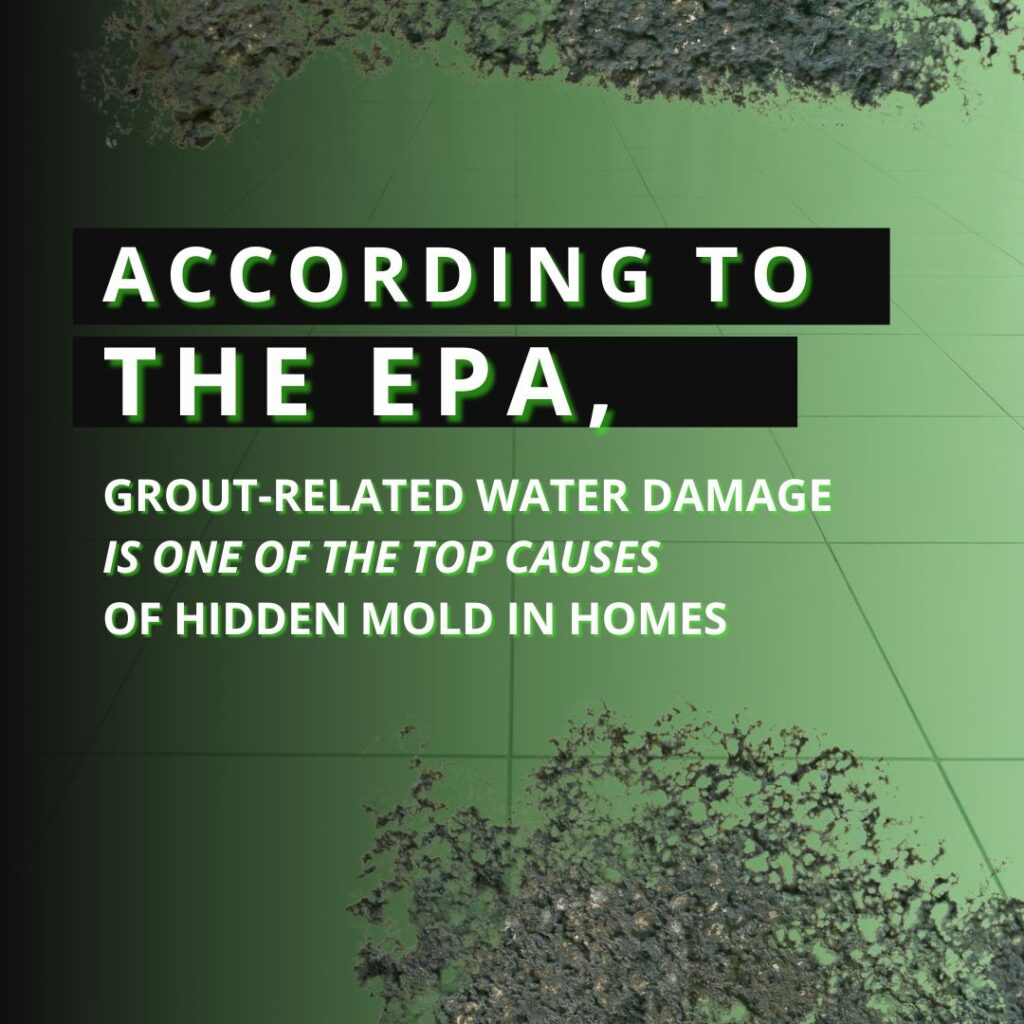
What Causes Grout to Break Down
Most grout defects start small. Water, foot traffic, and time all play a role. If the grout is not sealed or cleaned regularly, moisture and debris settle in.
Over time, this weakens the material and causes gaps, discoloration, or even loose tiles. Yet more than 70% of homeowners don’t realize grout needs resealing to stay water-resistant.
Steam from hot showers, spills in the kitchen, or mopping with too much water can all lead to gradual breakdown. If you notice the grout getting darker, rougher, or cracked, it’s time to clean and reseal it before the damage spreads.
How to Clean Floor Tile Grout the Right Way
If your grout is still intact but just looks dingy or stained, a proper cleaning routine can make a big difference.
Start by vacuuming or sweeping to remove dry debris. Then follow these steps:
Use warm water and dish soap
This simple mix works well for basic surface cleaning. Dip a soft brush into the solution and gently scrub along the grout lines. Work in sections, then rinse with clean water.
Baking soda paste for deeper stains
Mix baking soda with a small amount of water to form a paste. Spread it along stained grout, then spray lightly with white vinegar. After a few minutes, scrub gently and wipe clean. This method lifts deeper grime without harsh chemicals.
Avoid bleach on colored grout
Bleach can discolor grout and damage nearby tiles. Stick to non-acidic cleaners unless your grout is sealed and light in color.
Rinse and dry the floor thoroughly
Standing water can pull minerals or dirt back into the grout lines. After cleaning, wipe down the surface to help it dry faster.
Seal the grout if needed
Once the grout is clean and dry, apply a grout sealer if it hasn’t been sealed in the past year. This keeps moisture out and makes future cleaning easier.

How Dirty Grout Turns Into a Bigger Problem
Neglecting grout can lead to more than stains. Over time, the material breaks down and creates open seams. Water gets underneath, which can loosen tiles, damage subfloors, and cause mold to form.
In inspections, we often find grout damage in areas where water pools or ventilation is limited. That includes shower floors, kitchen corners, laundry rooms, and entryways.
What starts as a cosmetic issue can become a structural repair. Grout cleaning is easier and cheaper than dealing with mold removal or subfloor damage.
Other Areas Where Grout Defects Show Up
While most people focus on tile floors, grout also needs attention in:
- Showers and tub surrounds
- Kitchen backsplashes
- Fireplace hearths
- Around sinks and vanities
- Entry steps or outdoor tile
If these areas are showing cracks, gaps, or visible stains, they may be allowing moisture into the walls or floor. Inspectors pay close attention to grout condition in any area where water is used or where tile is protecting structural material.
What to Watch For
Here are a few early warning signs that your grout needs help:
- Discoloration that doesn’t come clean
- Grout that feels rough or sandy
- Water pooling along the edges of the tile
- Musty smells in bathrooms or laundry areas
- Small cracks that spread over time
Catching these issues early can prevent them from being noted in your inspection report or becoming part of a buyer’s negotiation.
A Few Related Questions
How often should I clean grout?
Light cleaning every couple of weeks helps prevent buildup. Deep cleaning and resealing should be done once or twice a year depending on use and moisture levels.
Does damaged grout affect home value?
Yes, especially in high-visibility rooms. Dirty or missing grout can make a space feel older and less cared for. Buyers often associate surface condition with overall maintenance.
Will grout issues show up in an inspection report?
They can. If grout is missing, crumbling, or letting in moisture, it may be flagged as a defect or recommended for repair.
Can I fix cracked grout without redoing the whole floor?
Yes. Small areas can often be cleaned out and re-grouted. If multiple spots are failing, it may be worth getting a pro to evaluate the floor as a whole.
Is grout sealing really necessary?
Sealing helps protect the grout from water, stains, and wear. If your grout is unsealed or you’re not sure, sealing after a thorough cleaning is a smart move.
When to Call a Professional
If your grout is beyond surface cleaning, or if you’re seeing signs of water damage around the tile, it’s time to get help. A tile specialist can re-grout and seal the area to restore its function and appearance.
If you’re getting ready to sell or want peace of mind, a home inspection can help you identify whether the issue is cosmetic or something that points to a deeper concern.
At Avalon Home Inspections, we check grout, tile, and other moisture-prone areas during every inspection. If there’s a problem hiding behind your floors or walls, we’ll help you spot it before it gets worse.
Conclusion
Floor tile grout might not seem like a big deal to clean…until it becomes one. Cleaning it regularly is one of the easiest ways to protect your floors, avoid moisture damage, and keep your home looking well cared for.
Don’t wait for stains, cracks, or inspection notes to force your hand. A few simple steps now can help prevent bigger repairs and maintain your home’s value over time.



